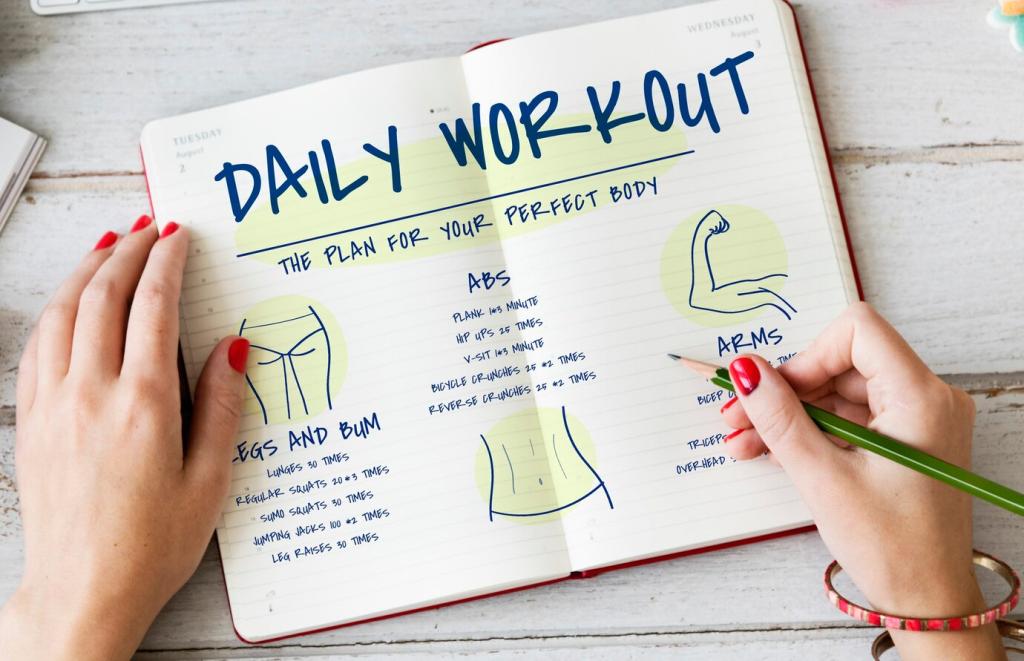Track What Counts: Monitoring For Progress and Safety
Set gentle heart rate or pace alerts, but judge progress by trends, not single days. Pair wearable data with how you feel and function. Share your favorite device, and we’ll suggest condition-friendly settings that keep you confident without chasing flashy metrics.
Track What Counts: Monitoring For Progress and Safety
For diabetes, pre- and post-exercise readings guide duration and intensity. Continuous glucose monitors can reveal your best time of day to train. Ask about interpreting spikes or dips, and subscribe for sample logs that make decisions clearer and sessions more predictable.
Track What Counts: Monitoring For Progress and Safety
A simple one-to-ten pain scale, fatigue notes, and session duration can reveal which activities flare symptoms. Adjust tomorrow based on today’s signals. Share a week of notes in the comments, and we’ll help translate patterns into kind, effective tweaks.
Track What Counts: Monitoring For Progress and Safety
Lorem ipsum dolor sit amet, consectetur adipiscing elit. Ut elit tellus, luctus nec ullamcorper mattis, pulvinar dapibus leo.











